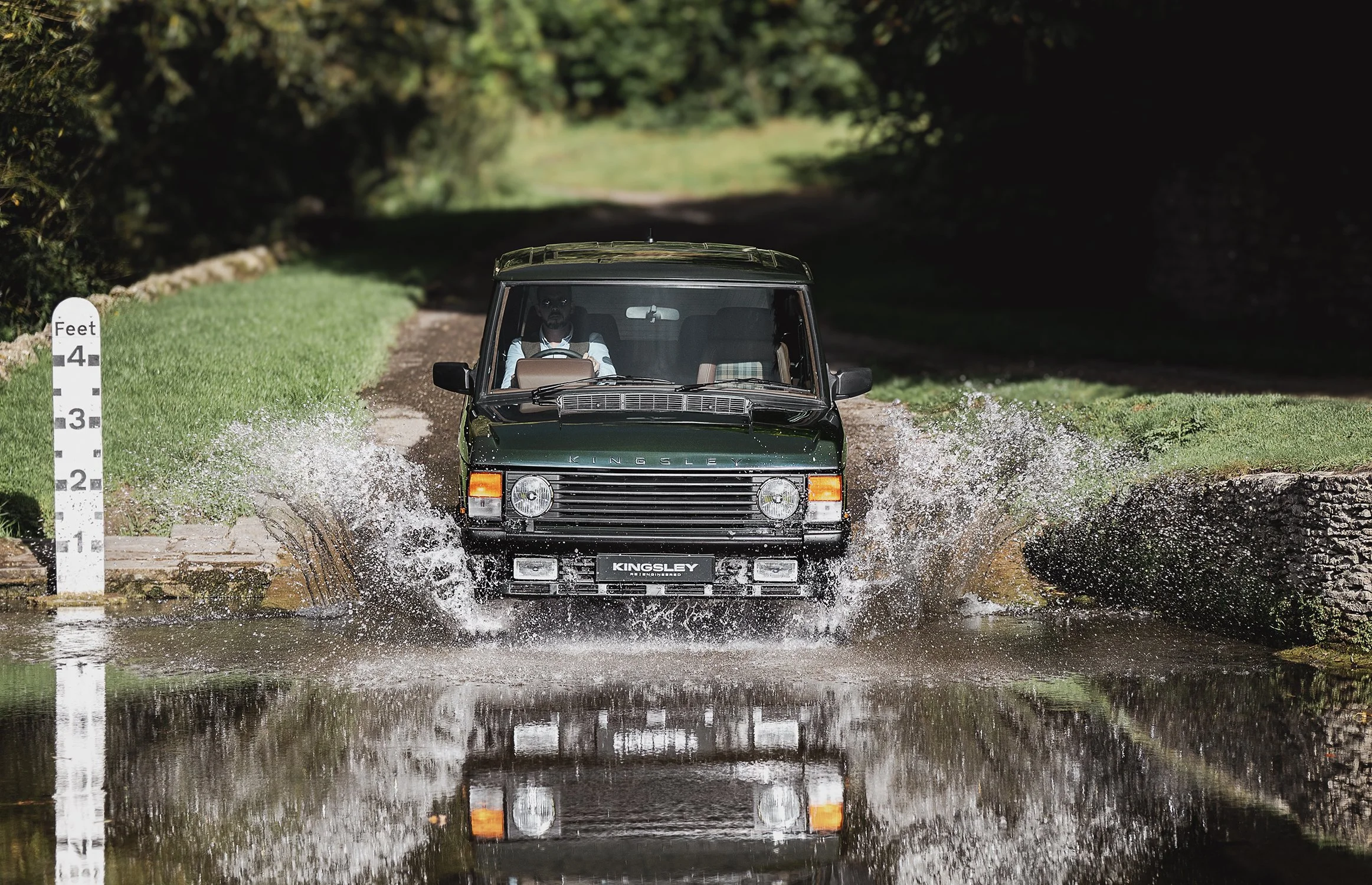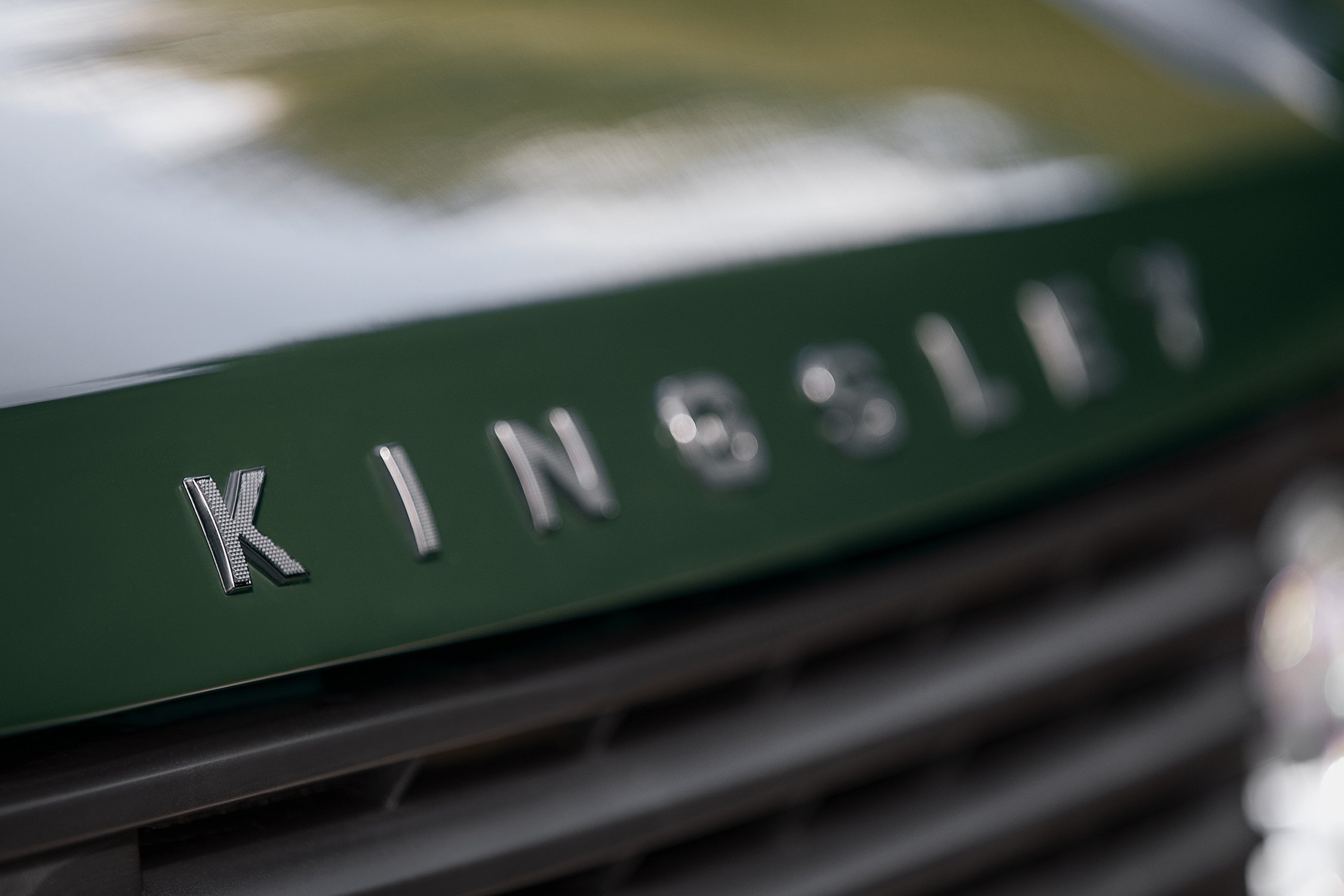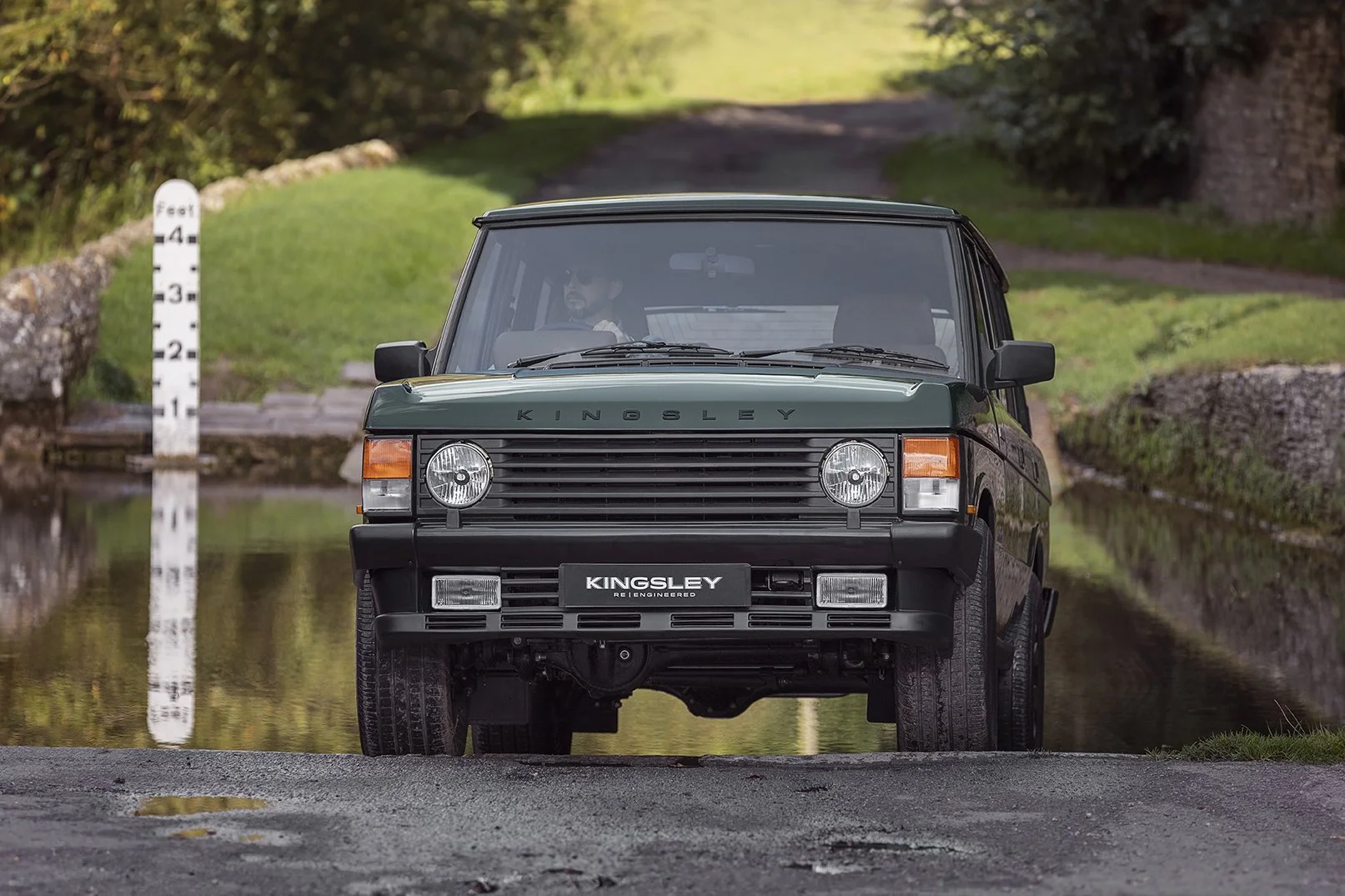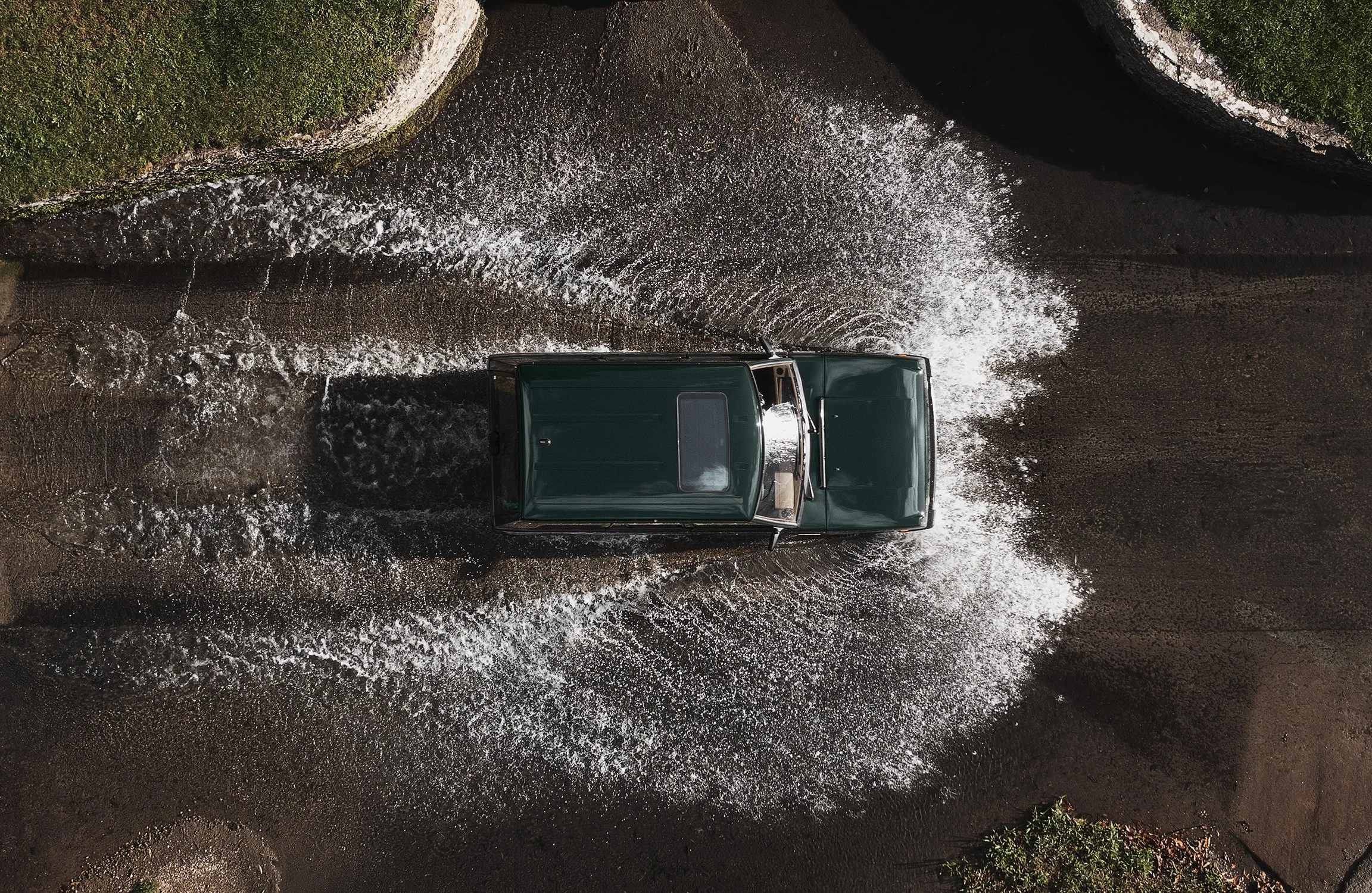REVIEW | Kingsley KSR - Range Rover Classic Restomod
Range Rover Classic Restomods don’t come much better than this
The problem with dream cars is that usually by the time you’ve found a way to get yourself into them, you’re old enough to realise they’re a bit cack. The idea of the car you love - sharp handling, smooth lines, incredible speed - is too much for the actual car to live up to. Thankfully, restomods are a thing, and they match dreams to reality. If a Range Rover Classic is on your forever list, then the Kingsley KSR is probably the one you want to go for.
Who is Kingsley?
Kingsley’s been around since 2001, and its mission has always been to make the original Range Rover the best it can be. Each car would be stripped back, have any rot repaired, its body then coated to ensure no more rot can follow, given varying degrees of mechanical refresh, a new paint job, some shiny interior bits, and away you go. In the last year or so, the company’s found new ownership that provided fresh investment, and tweaked the formula further.
The basic ingredients are the same as ever - make a rot-proof, mechanically sound Range Rover Classic that’ll start on the nose and won’t let you down, but on top of making sure the engine will keep you ticking along. Kingsley has gone deeper and worked with TracTive, making sure the KSR no longer rides like a Range Rover Classic. In the old days, the cars would wallow, pitch, and generally feel a bit boaty, which is fine if you’re into that sort of thing, but thanks to electronically adjustable dampers, it can go from squish-adjacent to firm at the twist of a dial. It’s also created a bigger ABS brake kit, so stopping shouldn’t require pre-planning any more. The change that returning customers will notice most is the new dash and centre stack layout.
Previously, the company (and others) relied on the car’s original dash shape, which was just fine for the 70s, but came with limitations. Retrimming it in fresh peeled cow was just fine, but stitch lines protruded, and the architecture of the thing meant fitting mod cons like CarPlay head units and the like was a challenge that could be met, albeit with compromise. Kingsley’s since spent time and money redesigning and reworking a new dash for the cars - one that honours the original, but comes with a period-appropriate control panel for air con, TracTive adjustment, infotainment, etc, and enough USB slots to charge an army of phones. Now there are no lumpy lines of stitches, rather acres of stunning leather, beautiful wood veneers, and a cockpit suited for 2025. A new air conditioning system sweetens the deal somewhat, too.
A Kingsley build was never something mortals could simply pick up on a whim. The KSR, with a 4.6-litre Rover V8 (refreshed, of course), will set you back £220,000 (plus VAT), and that’ll only go up if you start doing things to it - like putting a LS3 Chevy V8 under the hood, for example.
Design & Driving Experience
The new KSR is a fine thing to look at - updating the tried and tested formula Kingsley’s been using for decades is a bold thing to do, but the new car looks a touch more mature, and better suited to an audience that wants the look of old school cool with modern convenience on top.
Hopping in, the look of the thing is a feast. It feels familiar, yet oddly different. Like going back to your favourite pub in your home town after it’s had a glow up. The big things are all correct, but the small changes add up to a greater whole. A new instrument binnacle layout is a neat touch, but the new dash sets the whole thing off nicely. Twisting Kingsley’s hefty billet key remains a joy, as does the roar of the Rover V8.
Slotting the four-speed automatic ‘box into drive and the whacking great V8 will gently tease you forward. There’s 270bhp and 310lb ft available, and a fair bit of car to push. While it doesn’t feel urgent on startup, it’ll still move you along with gusto if you ask it to. Kingsley’s engines are built by a Rover V8 specialist, so while it may sound ‘a bit old’, you can give the throttle a big ‘ol mash into the carpet and it’ll make lots of pleasant V8-y noises while flinging you down the road. Big grins all round. Whether treated with care or hammered, it’s a wonderful motor to play with. Kingsley says it’ll crack 0-62mph in 9.8 seconds and will hit 120mph - the numbers don’t matter here. The noise and feel of the thing wrap themselves around you in the best possible way.
New dampers and braking system
The TracTive dampers are the real stars of the show now and allow you to switch your ride comfort from rock hard to soft…ish. While the hardest setting is a touch jiggly on UK roads, the rest of the available levels work nicely. Importantly, they’re miles away from the squish-o-matic dampers of old. Previously, when you went to brake, the nose would dive down and sniff the floor. A corner would lean you far over, too. Here, the system recognises what the car’s doing and stops needless leaning and diving before it happens. The result is a car that feels far more grown-up, and able to keep up dynamically with more modern metal… and traffic.
It is the same for the new braking system - there’s decent length to the pedal, but every inch of it helps stop the car. Before you’d need to send the stoppers a written warning that in two to four business miles the car would need to come to a stop, now it just… does it. Like a normal car.
The (re) start of something cool
The ‘old’ Kingsley was a wonderful company that made cool cars, the new one, with fresh investment and a mission to improve every element of the legendary Range Rover Classic respectfully, but for the better, you get the impression that not only has it kicked things up a notch, but isn’t going to rest on its laurels. Times change, standards change, and Kingsley will change the RRC to go along with it. The new KRS is the (re)start of something cool. If you can, you probably should.
words: Alex Goy
pictures: Kingsley










